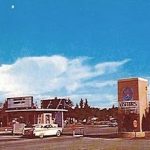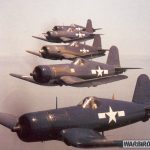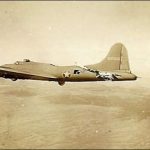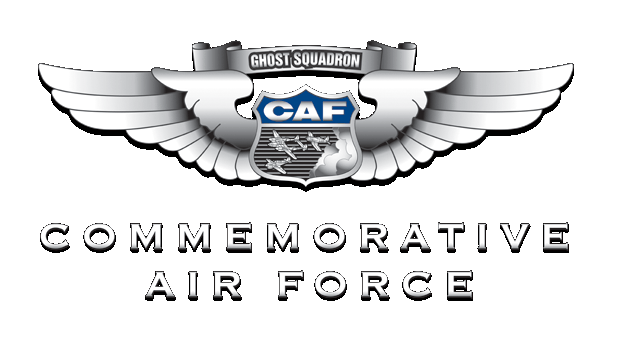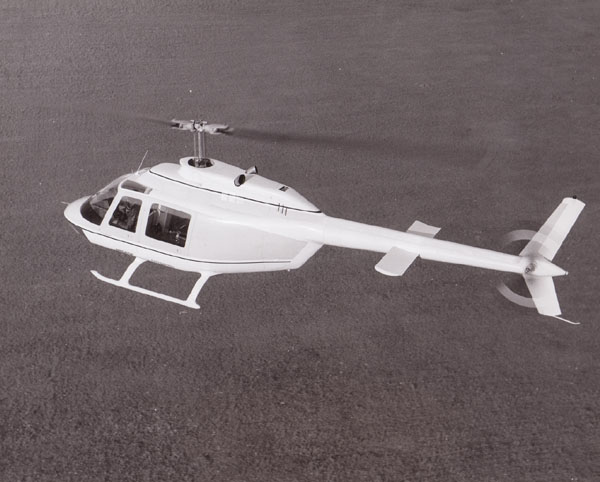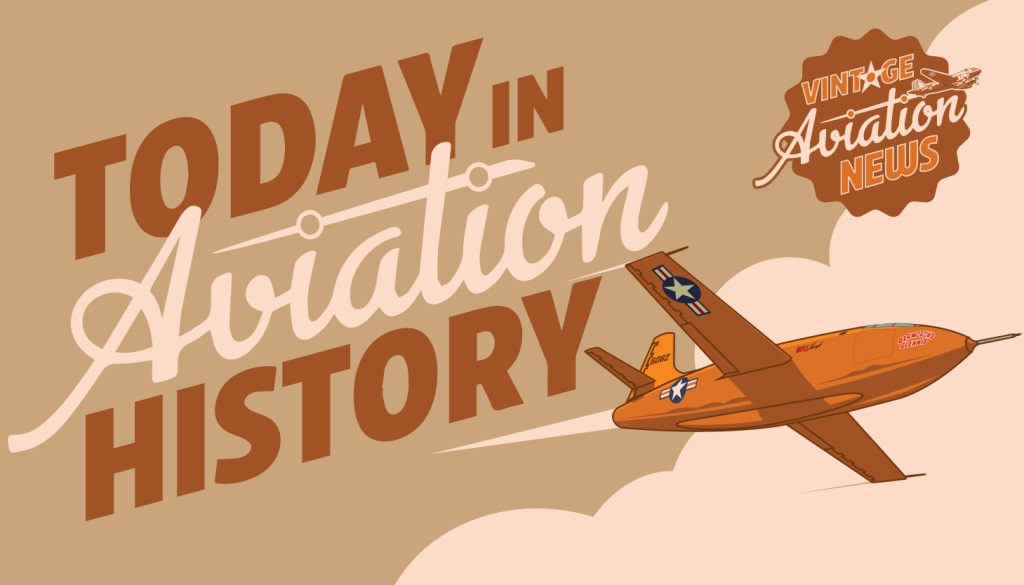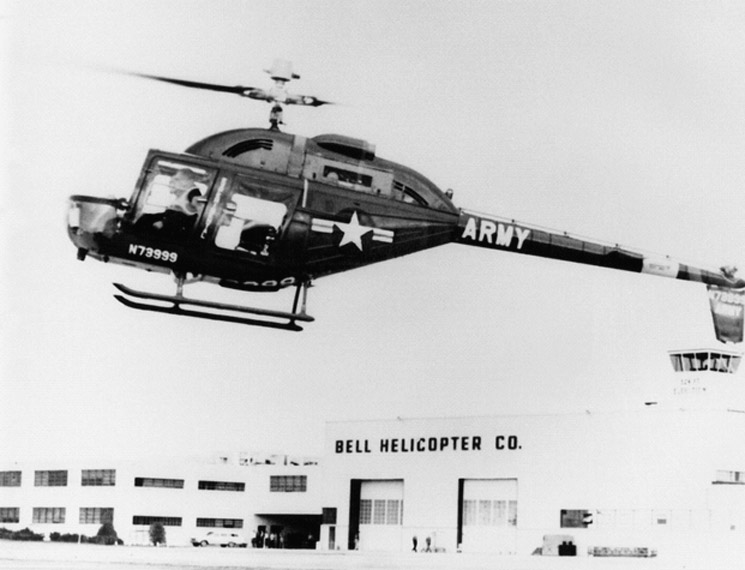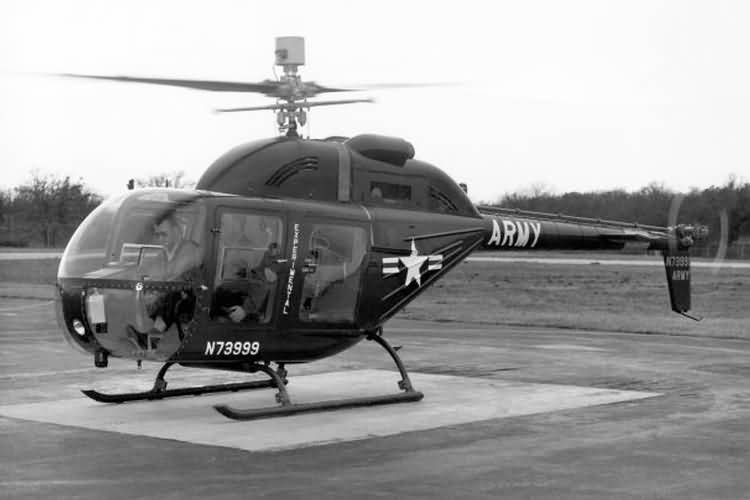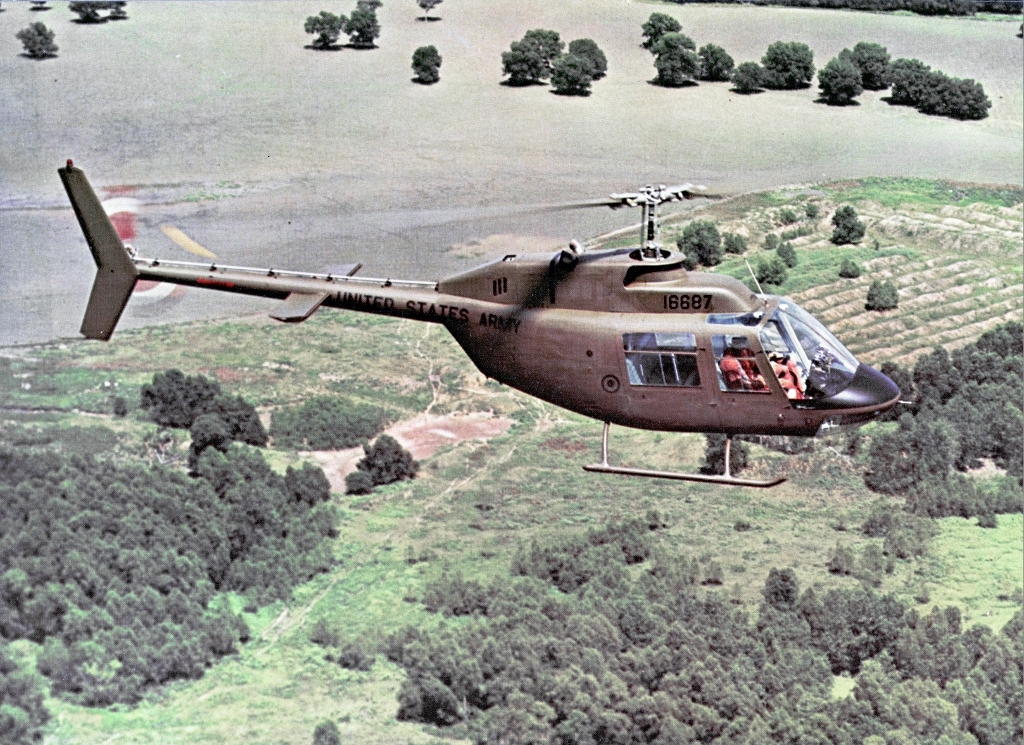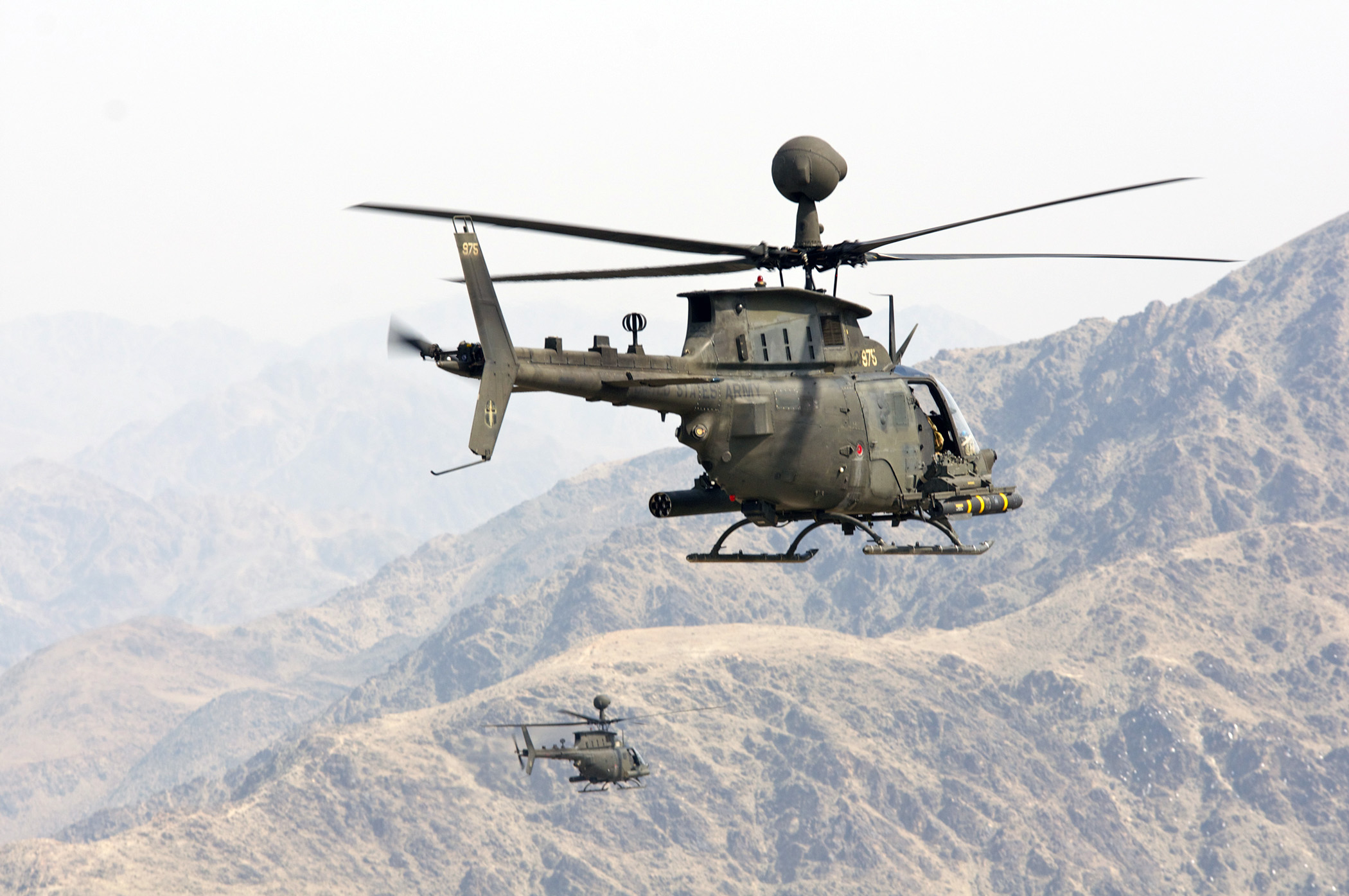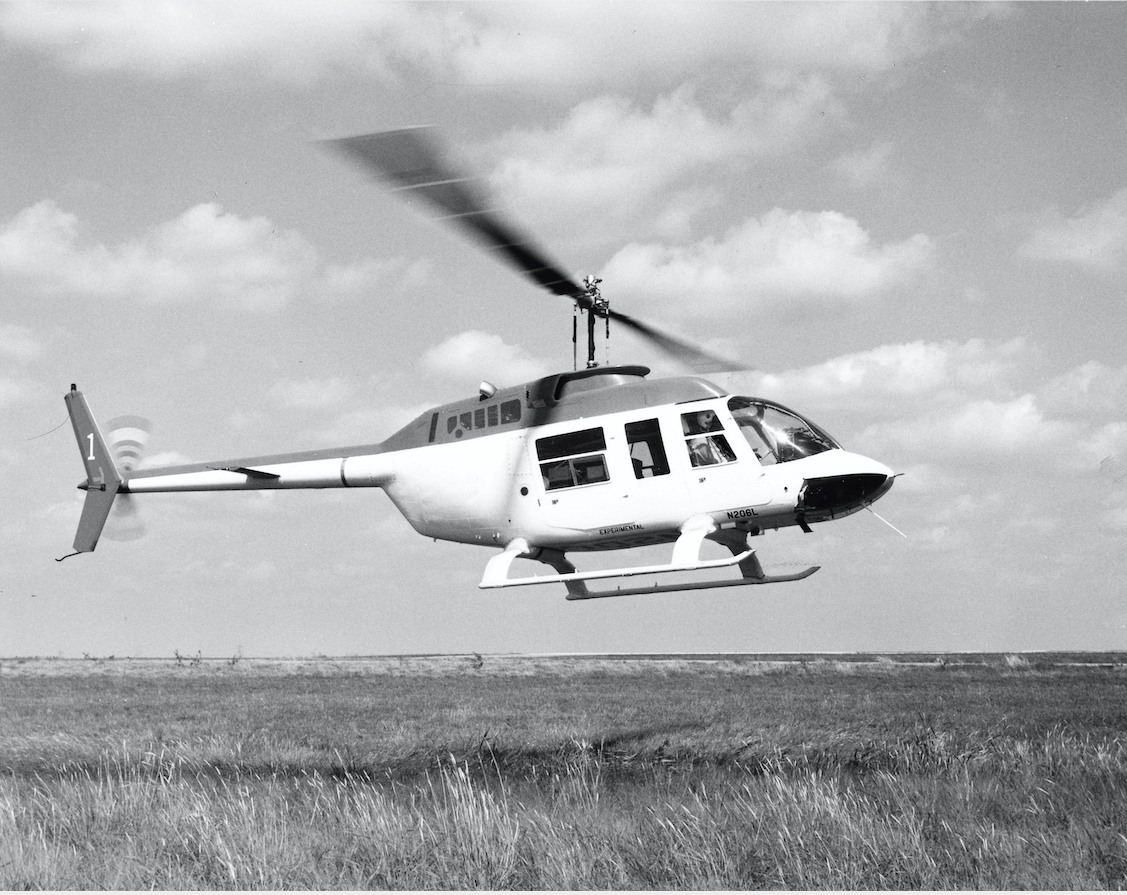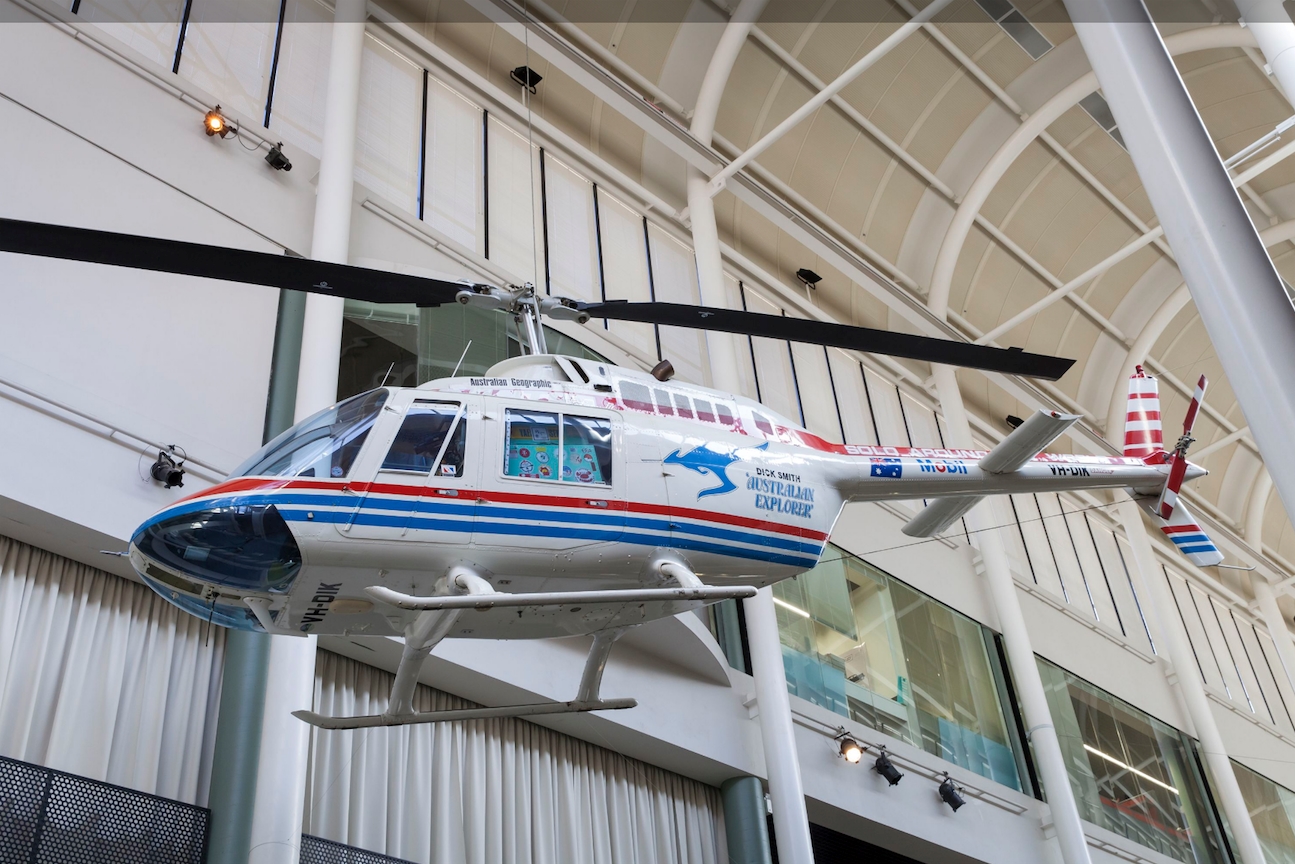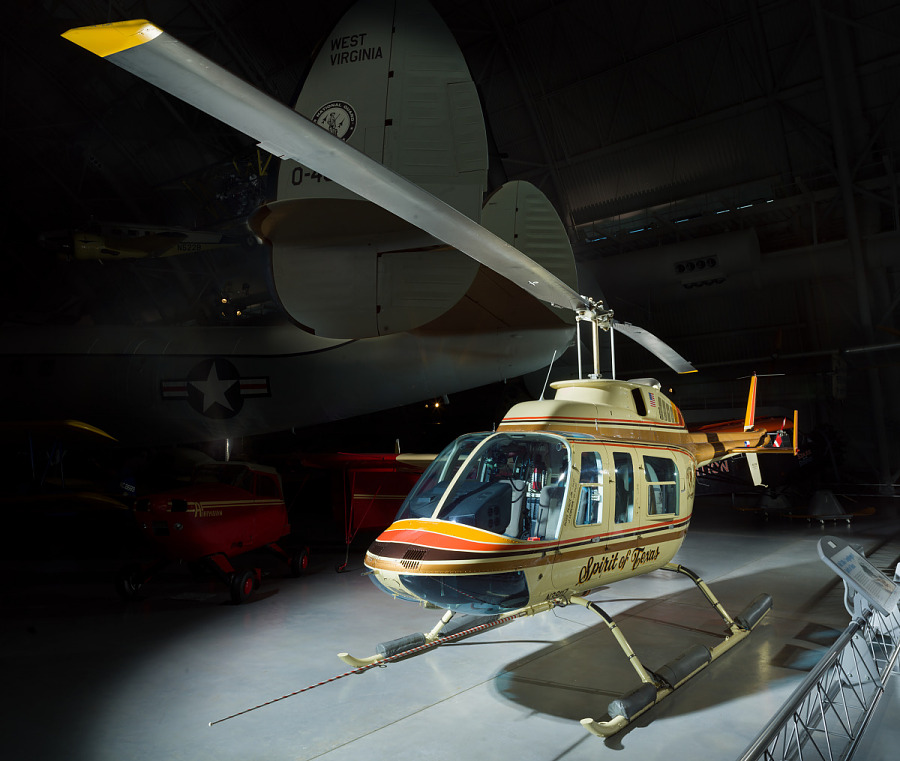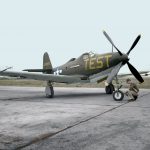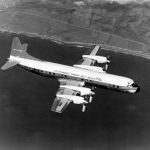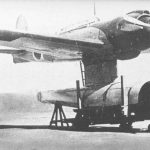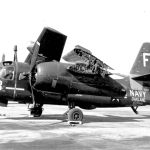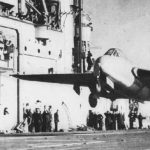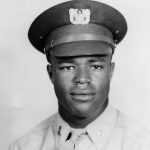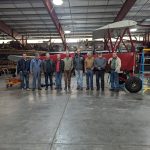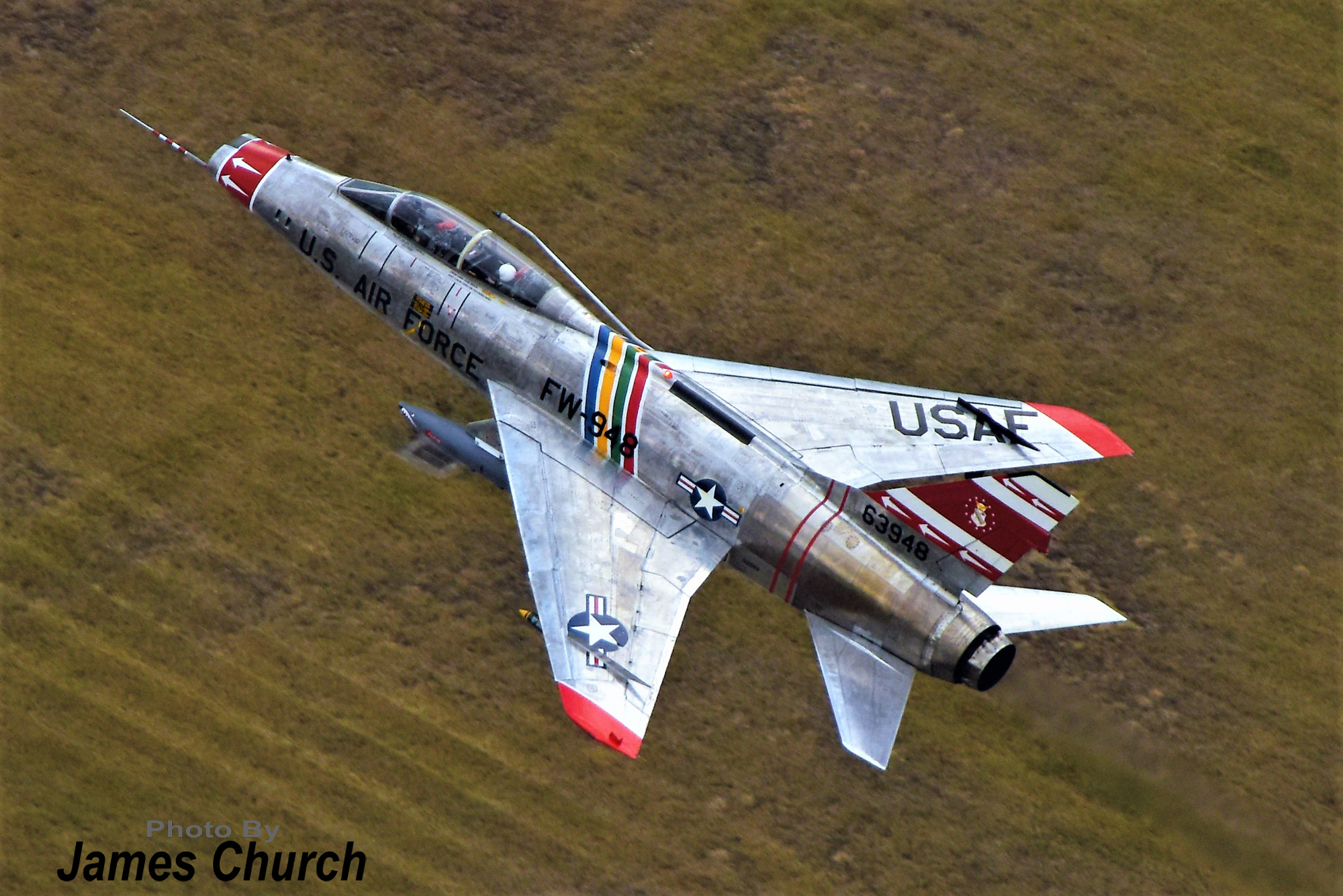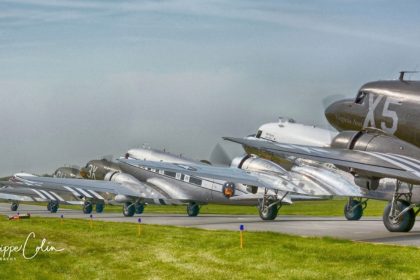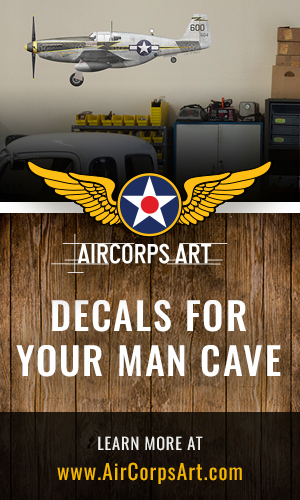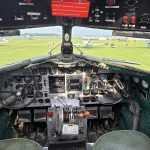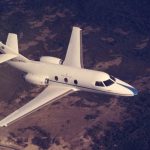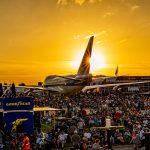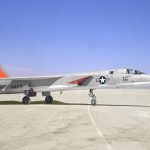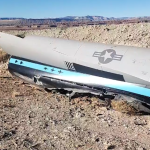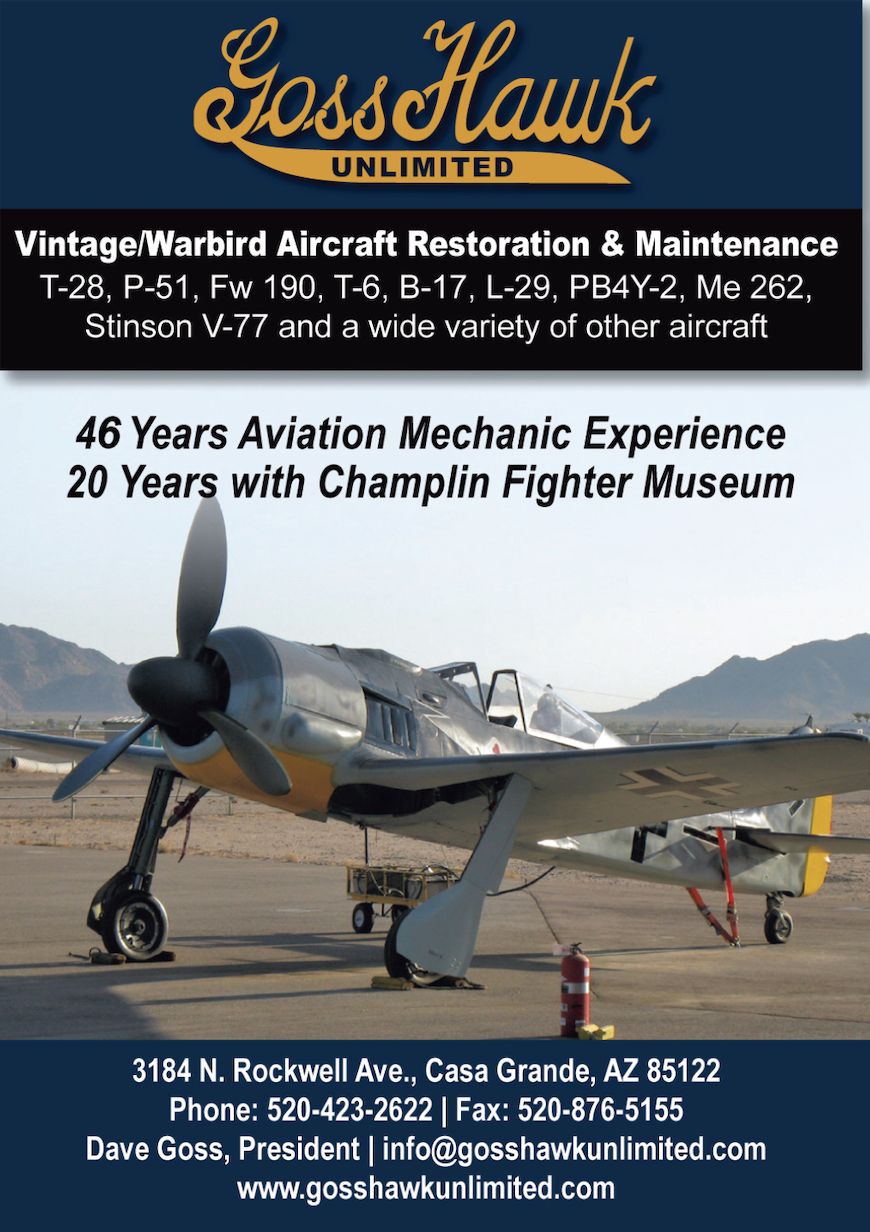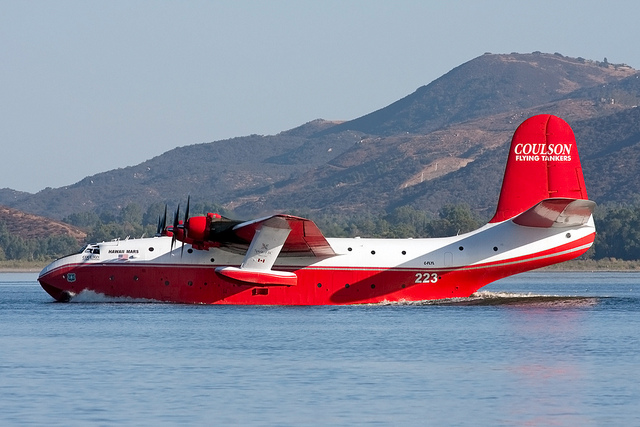On this day in aviation history, December 8, 1962, a new type of helicopter, the Bell OH-4A, took to the air for the first time. An entry into an Army competition, the OH-4A would become the basis for one of the most widely used and produced light helicopter designs of all time, the Bell 206. During the mid-1950s, the US Army started the Light Observation Helicopter (LOH) program to develop a replacement for the aging Bell OH-13 Sioux, the military version of the Bell Model 47, which was used for reconnaissance and as an aerial ambulance during the Korean War. On October 14, 1960, the United States Navy Bureau of Weapons, acting on behalf of the Army, issued Technical Specification 153, a request for proposals for a four-seat, turbine-powered, light observation helicopter to be a personnel transport, fly escort and attack missions, conduct aerial observation, and evacuate casualties from the battlefields to receive medical attention. A total of 25 manufacturers were solicited for designs, of which 12 responded. The Army chose to select three designs for evaluation and select a new observation helicopter.
The finalists were Bell Helicopter, Hiller Helicopters, and Hughes Helicopter, who submitted the YOH-4, YOH-5, YOH-6 respectively. Bell’s YOH-4, given the company designation Model D-250, was then send to Fort Rucker, Alabama (now Fort Novosel) for competitive flight testing against the other designs. In 1965, the Army chose Hughes’ submission, the YOH-6, which would become the OH-6 Cayuse, which saw extensive use during the Vietnam War and became the progenitor of the MD-500 series of commercial helicopters.
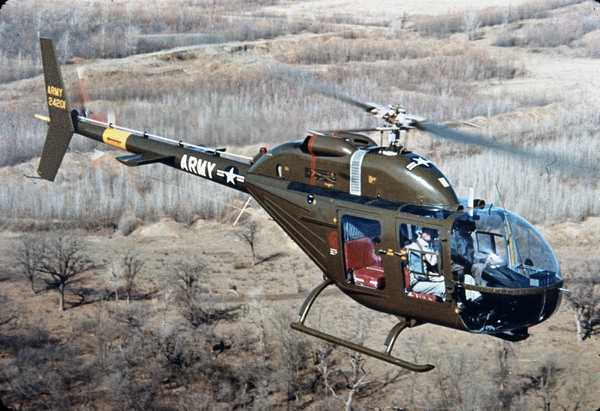
In spite of losing the Army contract, Bell Helicopters hoped to recoup their losses by pitching the D-250/YOH-4 to the civilian market with seats for three passengers. However, potential customers complained that in addition to the ugly looks of the helicopter, the seating conditions for the passengers were cramped and the design lacked cargo space. Bell engineers quickly went back to the drawing board, adding 16 ft of cargo space and the fuselage was redesigned to be sleeker and more aesthetically appealing. The result was the Bell 206A JetRanger, named for the piston-engined Bell 47J Ranger. Bell was not done with marketing the design to the military, however, as when the Army’s LOH program was looking for another observation helicopter design. A new version of the Model 206A was offered, and this would be accepted into service with the US Army as the Bell OH-58 Kiowa.
A lengthened version of the JetRanger was also soon to follow. With the fuselage extended by 30 inches and seeing the addition of two more seats, this variant would become the Bell 206L LongRanger. Both the JetRanger and the LongRanger would enjoy widespread success, being used for charter flights, corporate transport, military and law enforcement duties, and forestry service. It would also become a record-setting helicopter, as exemplified by the flight of Bell 206L-1 N3911Z, known as the Spirit of Texas. Between September 1-30, 1982, pilots Ross Perot, Jr and Jay W. Coburn completed the first aerial circumnavigation of the globe by helicopter, which was later donated to the Smithsonian National Air and Space Museum. A month before Perot and Coburn took off, on August 5, 1982, Australian businessman and pilot Dick Smith took off in his Bell 206B JetRanger, VH-DIK for a solo circumnavigation. Upon completing his flight on July 22, 1983, Smith had become the first pilot to have single-handedly flown around the world by helicopter, which is now displayed at the Powerhouse Museum in Syndey, Australia.



